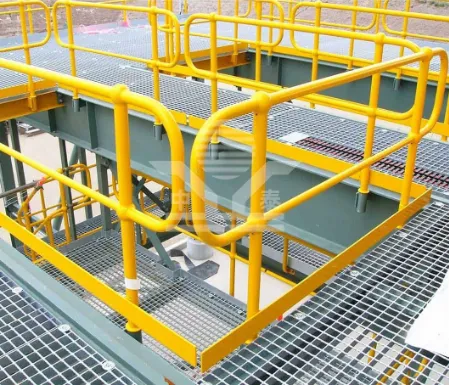Temporary Animal Fencing A Practical Solution for Livestock Management
In the realm of agriculture and livestock management, one of the significant challenges farmers face is how to effectively contain their animals while also providing them with the space they need to graze and roam. Temporary animal fencing has emerged as a popular and practical solution for farmers and ranchers looking to manage their livestock efficiently and cost-effectively.
Understanding Temporary Animal Fencing
Temporary animal fencing refers to portable fencing solutions made from various materials that can be easily moved, set up, and dismantled. Unlike permanent fencing, which can involve extensive construction and investment, temporary fencing offers versatility and adaptability. This adaptability is particularly valuable in situations where grazing patterns change, animals need to be corralled for various reasons, or when land management practices dictate a need for frequent relocation of livestock.
Various Types of Temporary Fencing
There are several types of temporary animal fencing available, each designed to meet specific needs
1. Electrified Fencing This is one of the most common forms of temporary fencing. It uses electric wires to deter animals from crossing boundaries. The shock administered is not harmful but is usually sufficient to encourage the animals to stay within their designated area. Electrified fencing is particularly effective for herding cattle, goats, and even deer.
2. Mesh Fencing Often made from plastic or lightweight metal, mesh fencing is easy to install and remove. It is ideal for containing smaller animals such as sheep, poultry, or even rabbits. Its flexibility allows it to be shaped into various enclosures tailored to specific land configurations.
3. PVC Fencing PVC fencing systems are durable and can withstand harsh weather conditions. They are often used for temporary setups that need to last longer than a few weeks. PVC options are also aesthetically pleasing and do not have sharp edges, making them safer for animals and humans alike.
4. Poly Rope or Tape Fencing Lightweight and easy to deploy, poly rope or tape is an inexpensive option for temporary fencing. It is particularly suitable for rotational grazing, as it can be quickly set up and moved. This type of fencing is often used for cattle and sheep, providing a clear visual boundary without physical obstruction.
temporary animal fence

Advantages of Temporary Fencing
The benefits of using temporary animal fencing are manifold
- Cost-Effective Compared to permanent fencing, temporary solutions require much less investment upfront. This is particularly beneficial for small farms or operations with fluctuating livestock numbers.
- Flexibility Temporary fencing can easily adapt to the changing needs of a farm. Whether it’s moving livestock to new grazing areas or creating enclosures for veterinary checks, the ability to rearrange fencing swiftly is invaluable.
- Ease of Installation Most temporary fencing systems are designed for quick and simple setup, often requiring no special tools or skills. This ease helps farmers set up and modify their enclosures as needed.
- Environmental Benefits By using temporary fencing to rotate pastures, farmers can manage grazing and improve land health. This practice prevents overgrazing and encourages regrowth, promoting a sustainable farming approach.
Challenges to Consider
Despite its numerous advantages, temporary fencing does come with some challenges. For instance, it may not provide the same level of security as permanent structures, especially against more determined predators. Additionally, frequent movement of fences may require regular monitoring to ensure that the area remains safe for the animals. Farmers will need to balance the advantages of flexibility with the need for strong containment to protect their livestock effectively.
Conclusion
In conclusion, temporary animal fencing represents an innovative and efficient solution to the challenges of livestock management. With various types available to meet different needs, temporary fencing allows farmers to maintain control over their animals while also promoting more sustainable agricultural practices. As the agriculture industry continues to evolve, the flexibility and cost-effectiveness of temporary fencing systems will likely make them an even more integral part of modern farming. Embracing this approach could pave the way for more responsible livestock management, ensuring the health of both the animals and the land they inhabit.
-
Versatility of Expanded Aluminum Metal for Various Applications
NewsMay.19,2025
-
The Geometry of Steel Gratings: Why It Matters
NewsMay.19,2025
-
Reinforcement Applications of Perforated Mesh in Masonry
NewsMay.19,2025
-
Essential Tools for Installing a Deck Mesh Railing
NewsMay.19,2025
-
Anti-Slip Flooring Made with Stainless Expanded Mesh
NewsMay.19,2025
-
Adjustable Steel Grating for Uneven Terrain
NewsMay.19,2025
Subscribe now!
Stay up to date with the latest on Fry Steeland industry news.

